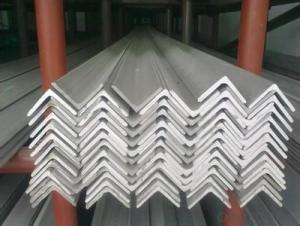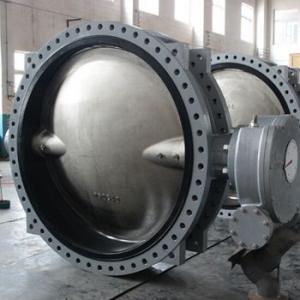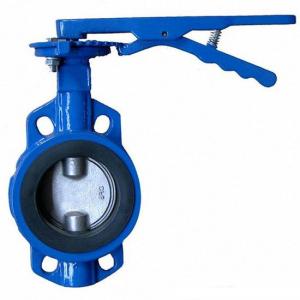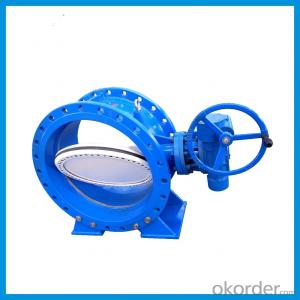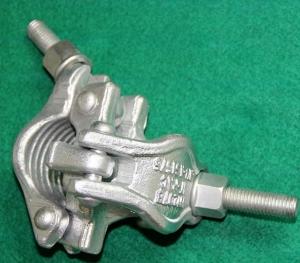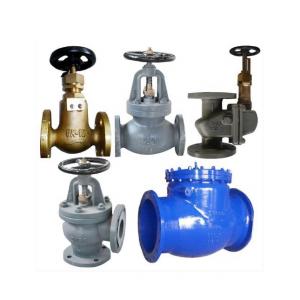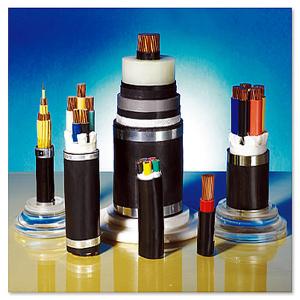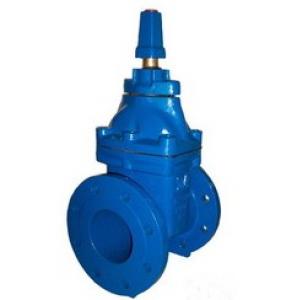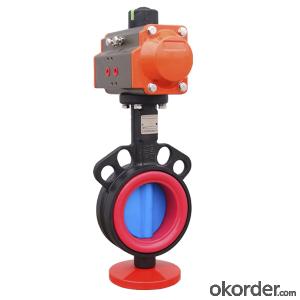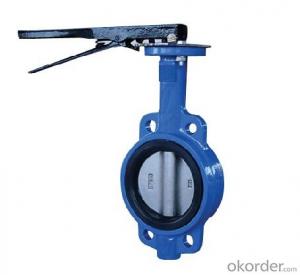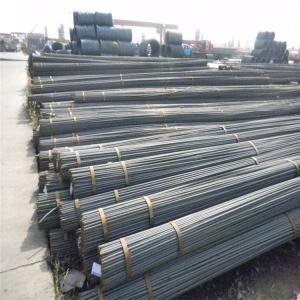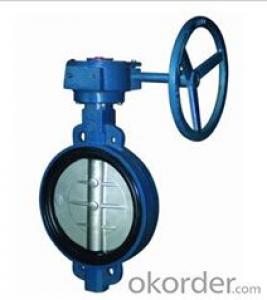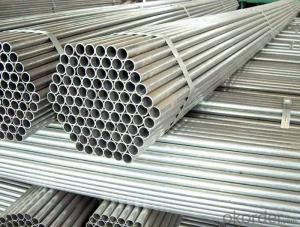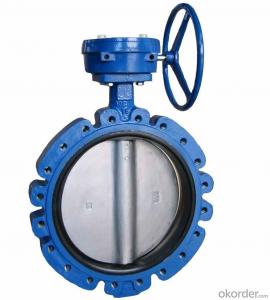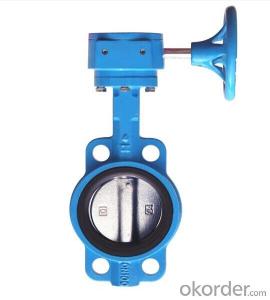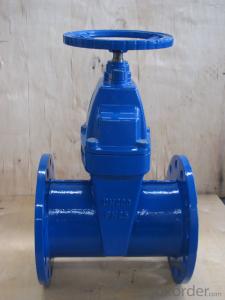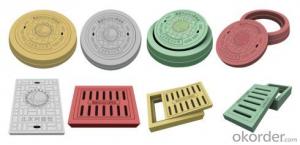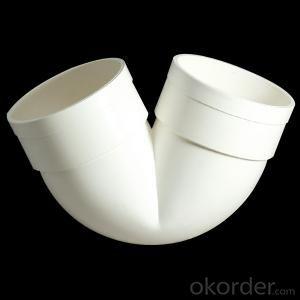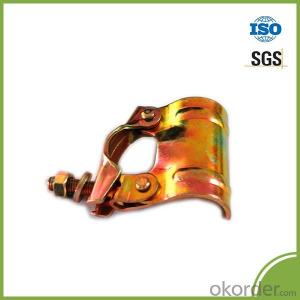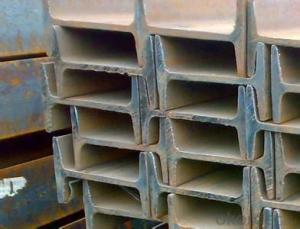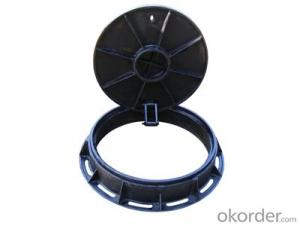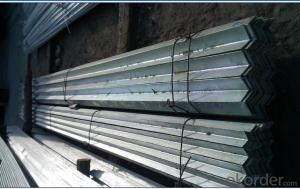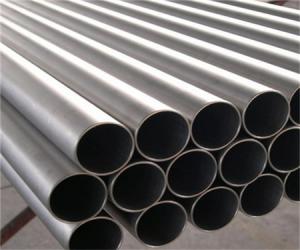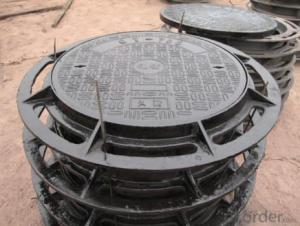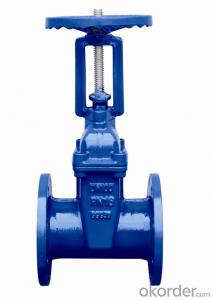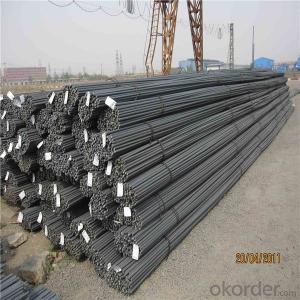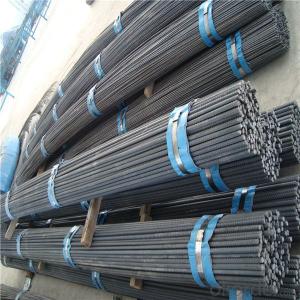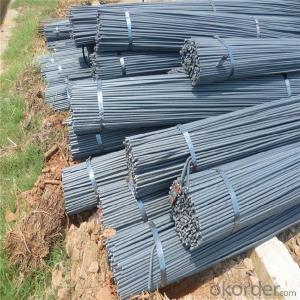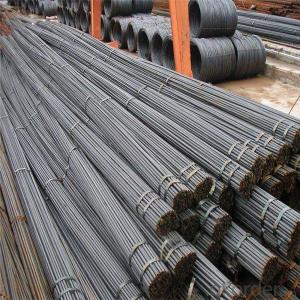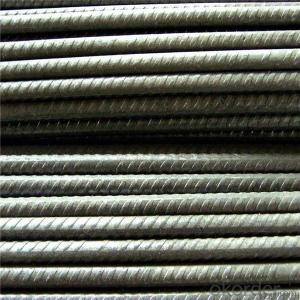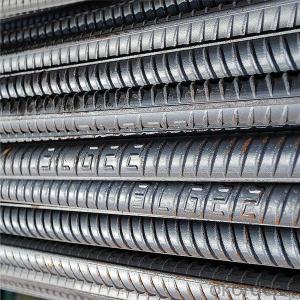Bs 4449
Bs 4449 Related Searches
Bs 4449Hot Searches
Aluminium Scaffold Planks Sale Aluminium Walkway Mesh PricesBs 4449 Supplier & Manufacturer from China
Okorder.com is a professional Bs 4449 supplier & manufacturer, offers integrated one-stop services including real-time quoting and online cargo tracking. We are funded by CNBM Group, a Fortune 500 enterprise and the largest Bs 4449 firm in China.Hot Products
FAQ
- Steel rebars are used in the construction of wastewater treatment plants to reinforce the concrete structures, such as tanks and basins, that are essential for storing and treating wastewater. The rebars provide strength and stability to these structures, ensuring they can withstand the weight of the water and the various chemicals used in the treatment process. Additionally, the rebars help to prevent cracking and structural failure, ensuring the longevity and reliability of the wastewater treatment plant.
- Steel rebars are indeed applicable in the construction of road bridges or flyovers. Owing to their remarkable strength and durability, they are widely utilized as reinforcement in concrete structures such as bridges and flyovers. By fortifying the concrete, these rebars amplify its structural integrity and load-bearing capacity, making it capable of withstanding heavy traffic loads and enduring the forces encountered by road bridges and flyovers. Furthermore, steel rebars furnish heightened resistance to corrosion, a vital attribute in bridge construction where exposure to environmental factors is prominent. In summary, the utilization of steel rebars guarantees the structural stability, longevity, and safety of road bridges and flyovers.
- Steel rebars are protected against galvanic corrosion through various methods such as applying protective coatings, using sacrificial anodes, and implementing cathodic protection systems. These measures help prevent the corrosion caused by the galvanic reaction between the steel and the surrounding environment, ensuring the longevity and durability of the rebars in concrete structures.
- The reinforcement and increased strength provided by steel rebars prevent spalling in concrete structures. Spalling occurs when the concrete surface cracks and breaks off due to internal pressure from factors like temperature changes, moisture, or structural loads. When steel rebars are embedded in the concrete, they act as a support system that evenly distributes applied loads throughout the structure. This prevents localized stress concentrations, which can cause spalling, by absorbing and dissipating the load. By reinforcing the concrete, rebars enhance its ability to withstand external forces and improve its tensile strength. Furthermore, steel rebars help control crack formation in the concrete. Concrete is a brittle material with low tensile strength, making it prone to cracking under stress. However, rebars hinder crack propagation by bridging them and transferring the stress to the surrounding concrete. This prevents the cracks from spreading and results in a more durable and resilient structure. Additionally, steel rebars protect against corrosion. Concrete's natural alkalinity forms a protective layer on the steel surface, preventing rusting. This alkaline environment acts as a barrier against corrosion, ensuring the rebars maintain their structural integrity over time. By avoiding corrosion, the rebars can continue to reinforce the concrete and prevent spalling. In conclusion, steel rebars are essential in preventing spalling in concrete structures by providing reinforcement, improving tensile strength, controlling crack formation, and protecting against corrosion. They enhance the stability and durability of the concrete, allowing it to withstand external pressures and maintain its integrity for an extended period.
- Steel rebars are tested for quality through various methods such as visual inspection, dimensional checks, chemical composition analysis, and mechanical testing. Visual inspection ensures that rebars are free from surface defects and meet the required specifications. Dimensional checks involve measuring the diameter, length, and shape of the rebars to ensure they meet the required standards. Chemical composition analysis is conducted to verify the steel's composition, ensuring it meets the necessary strength and durability requirements. Mechanical testing involves subjecting the rebars to tension, bending, or impact tests to determine their mechanical properties and ensure they can withstand the intended use. These rigorous testing procedures help ensure the quality and reliability of steel rebars.
- Structures with limited maintenance access can utilize steel rebars, which are commonly chosen for construction projects due to their exceptional strength and durability. These rebars can endure heavy loads and provide reinforcement to concrete structures. In structures with restricted maintenance access, steel rebars offer numerous benefits. Firstly, they boast a lengthy lifespan and are corrosion-resistant, minimizing the need for frequent maintenance. Unlike wood or aluminum, steel rebars do not decay or rot over time, rendering them suitable for structures that are challenging to reach for regular maintenance. Moreover, steel rebars can be easily examined using non-destructive testing methods like ultrasound or magnetic particle inspection. These techniques can identify any potential flaws or damage in the rebars without invasive measures, thereby ensuring the structural soundness of the building. Furthermore, steel rebars can be designed and installed in a manner that reduces the necessity for future maintenance. For instance, employing epoxy-coated rebars can provide an additional layer of protection against corrosion, prolonging the structure's lifespan and reducing maintenance requirements. However, it is crucial to acknowledge that while steel rebars are highly durable, they are not entirely maintenance-free. Over time, the protective coatings on the rebars may deteriorate, and if left unaddressed, corrosion can occur. Therefore, periodic inspections and maintenance activities must still be conducted, even in structures with limited access. In conclusion, due to their durability, corrosion resistance, and non-invasive inspection capabilities, steel rebars can be employed in structures with limited maintenance access. Nevertheless, regular inspections and maintenance are still necessary to ensure the long-term performance of the rebars and the overall structural integrity of the building.
- Steel rebars are not inherently eco-friendly as they are made from mined iron ore and have a significant carbon footprint during the manufacturing process. However, they can be considered more sustainable compared to alternatives like concrete rebars as steel can be recycled indefinitely, reducing the need for new production and minimizing waste. Additionally, steel rebars provide strength and durability to structures, leading to longer lifespans and potentially reducing the environmental impact associated with frequent repairs and replacements.
- Steel rebars are often protected from vandalism during construction by implementing security measures such as fencing around the construction site, hiring security personnel to monitor the area, and installing surveillance cameras. Additionally, construction companies may choose to store the rebars in secure locations within the site or cover them with protective materials to deter potential vandals.

